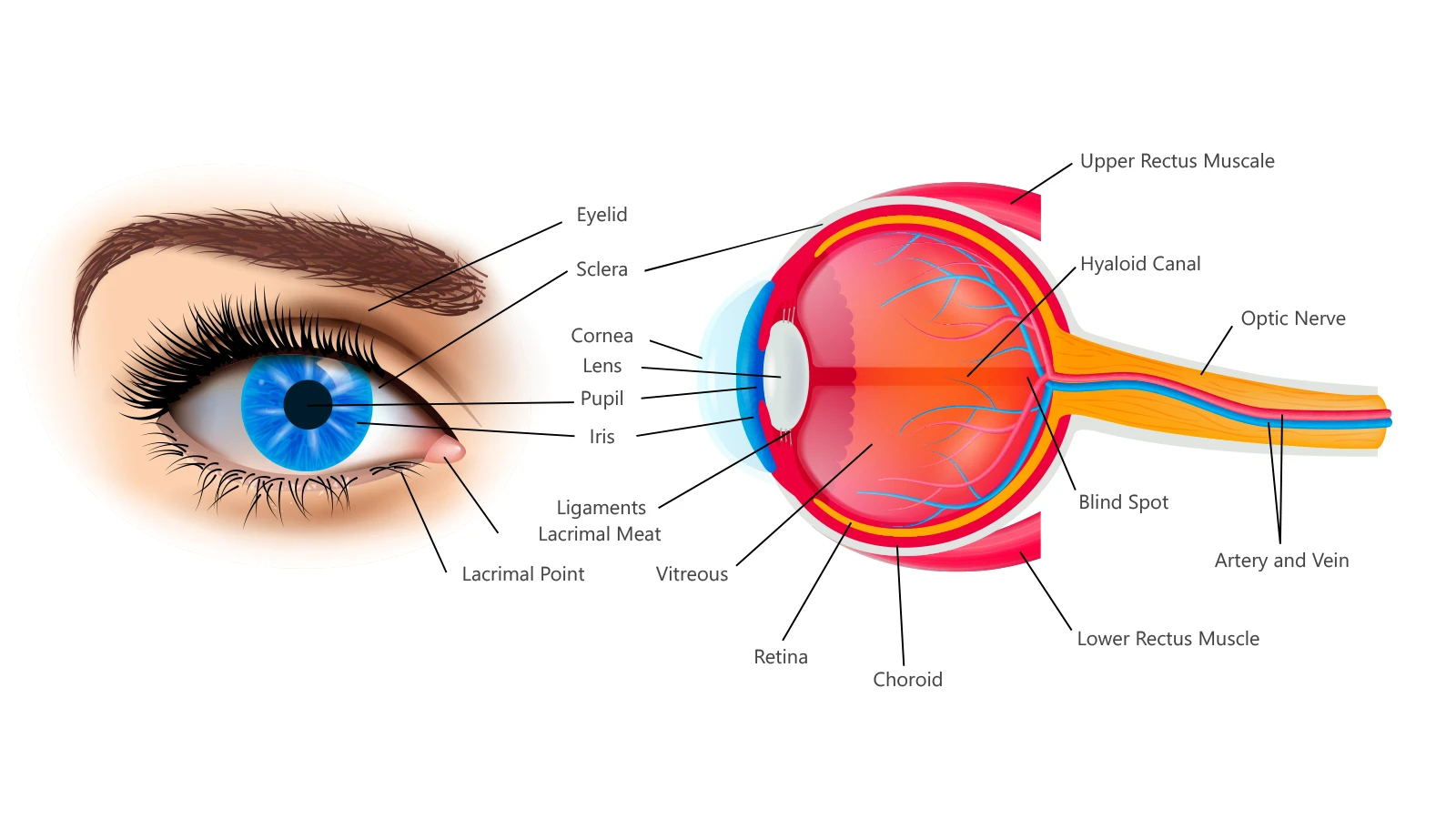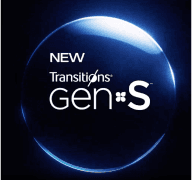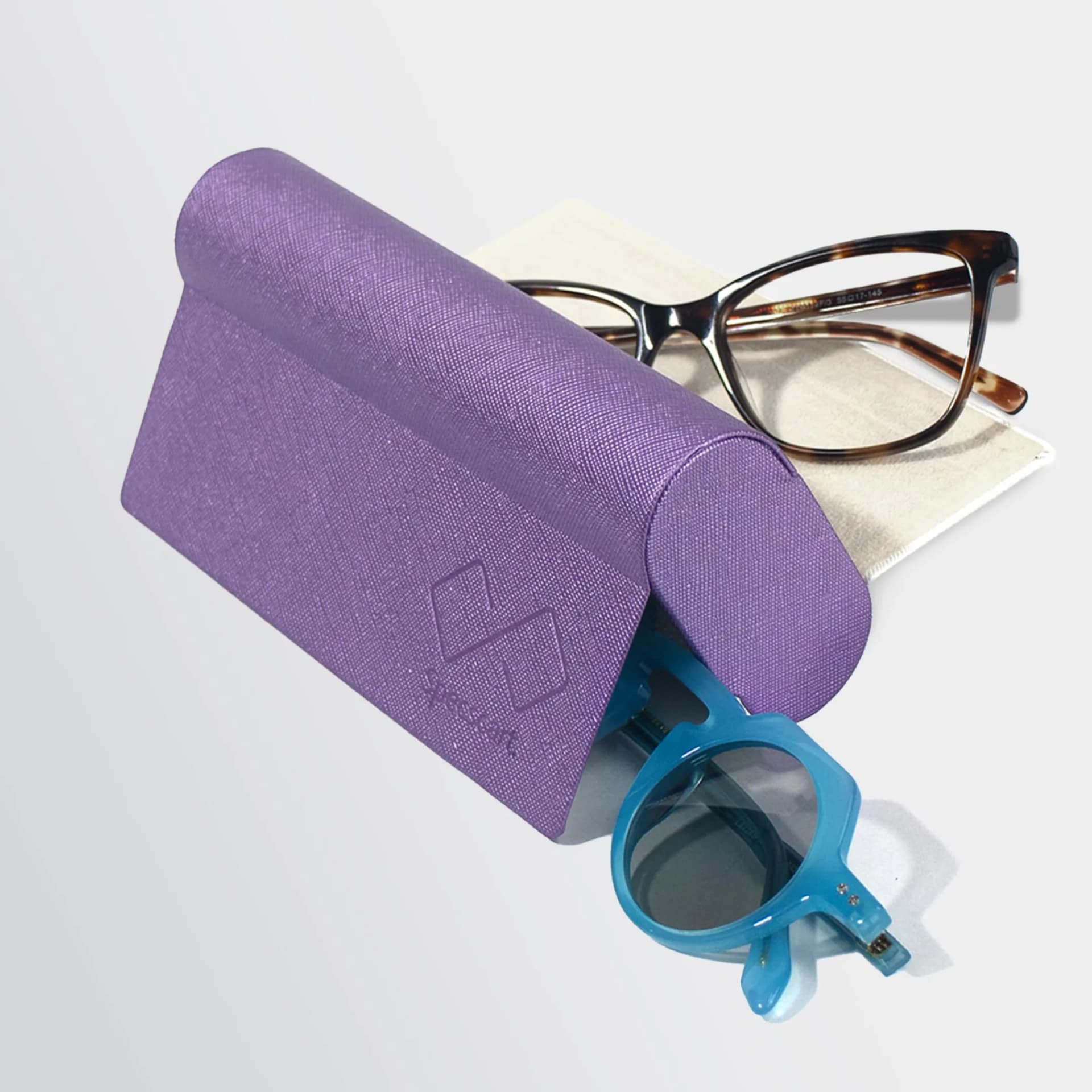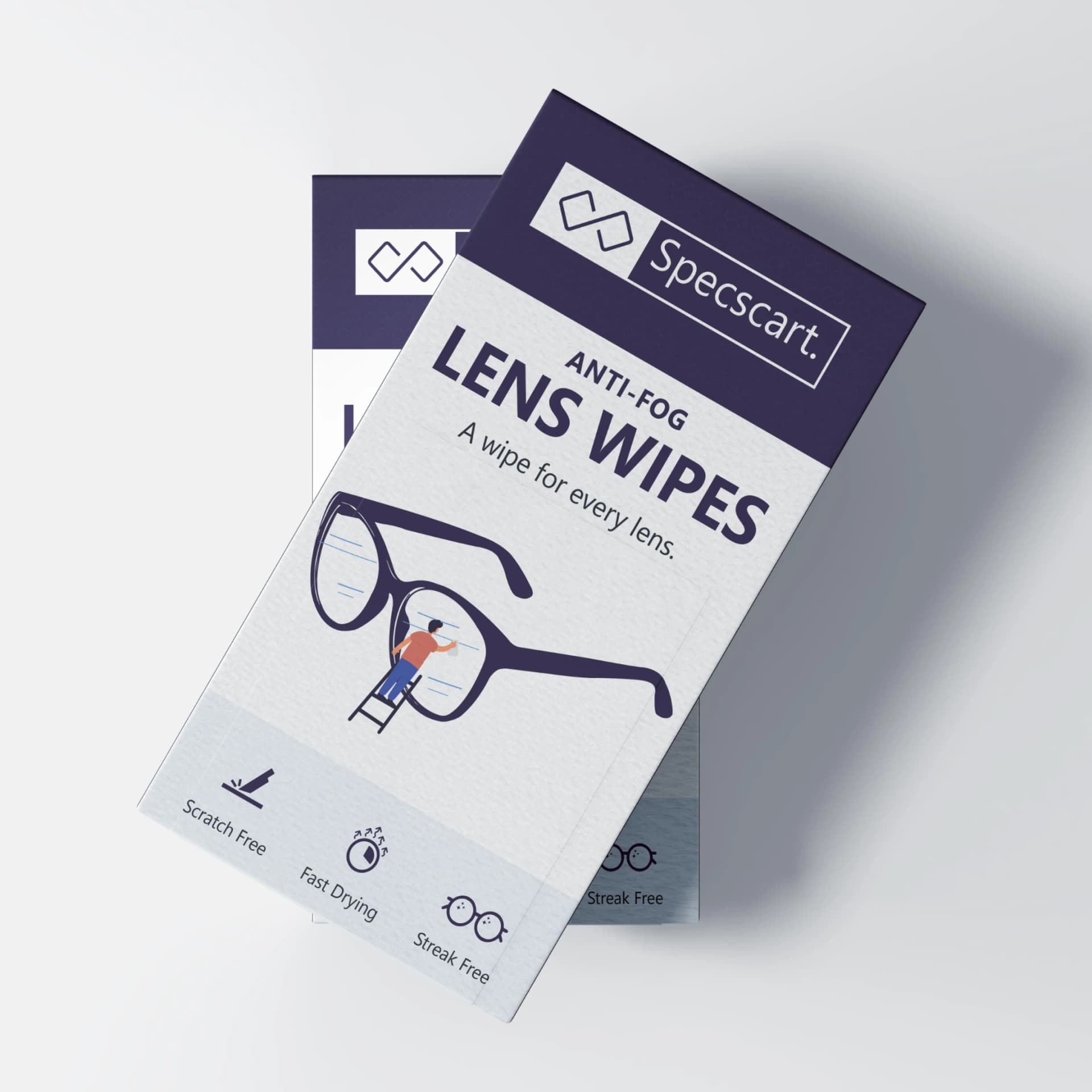Things You Need to Know About Axenfeld Rieger Syndrome

Content Manager
Axenfeld-Rieger Syndrome might be a name for you that you don't hear every day, but the effects and conditions can shape your vision of how you see the world. This is a rare genetic disorder which affects the front part of the eye. This leads to several vision problems. It is linked to physical traits as well as health issues.
Whether you are diagnosed with Axenfeld-Rieger Syndrome, trying to learn more for your loved ones or just curious, this is a first step to managing your eye health. In this article, we’ll break down everything you need to know, from causes and symptoms to treatments and what living with this condition looks like.
What is Axenfeld-Rieger Syndrome?
Axenfeld-Rieger Syndrome is a rare autosomal dominant disorder which affects the development of the teeth, eyes, and abdominal region. It is a genetic disorder that usually affects babies’ eyes. It can cause symptoms right after birth or later in life.
Axenfeld-Rieger Anomaly Syndrome is characterised by abnormalities of the front part of the eye, an area known as the anterior segment. For instance, the iris may be thin or poorly developed. People with Axenfeld Rieger Syndrome eyes often have a pupil that is off-centre (corectopia), or extra holes in the iris that can look like multiple pupils (polycoria).
Axenfeld Syndrome affects the vision and leads to various other issues, depending on how it affects the child’s eyes. The Axenfeld-Rieger Syndrome usually affects both eyes of a child. Early detection and management of glaucoma are essential in individuals with Axenfeld-Rieger Syndrome, as this genetic condition significantly increases the risk of developing glaucoma.
Causes Of Axenfeld-Rieger Syndrome

Axenfeld-Rieger Syndrome is a genetic disorder. It is usually transferred to the child through their parents. Health experts may refer to this as a congenital condition. Mutations in the FOXC1 and PITX2 genes are also a reason for this syndrome. Usually, these two genes help control how a baby develops when it’s still an embryo, including developing its eyes.
This syndrome is an autosomal dominant genetic disorder. That means only one copy of the genetic mutation needs to pass from one of a child’s biological parents to their child to be inherited. This doesn’t mean that if one carries the specific mutation in their genes, the child will have Axenfeld-Rieger syndrome. However, there’s a 50% chance they will.
Symptoms of Axenfeld-Rieger Anomaly Syndrome

There are two types of Axenfeld-Rieger Anomaly Syndrome: Ocular Symptoms and Systemic Symptoms.
Ocular Symptoms
There are a few ocular Axenfeld-Rieger Syndromes that help us to identify the disease among people. They are as follows:
Thin or underdeveloped irises.
Off-centred pupils, or pupils who are out of their usual place.
Issues with the cornea.
Axenfeld-Rieger Syndrome will make the child more likely to develop other eye conditions, including:
Glaucoma
Cataracts
Coloboma
Strabismus
Systemic Signs of Axenfeld-Rieger Syndrome
Systemic symptoms of Axenfeld-Rieger syndrome are less common than ocular symptoms. If the child has systemic symptoms, they might include:
Issues with their skull - Hypertelorism (wide-set eyes) and a flattened facial shape. Axenfeld-Rieger syndrome can also cause babies to have an unusually broad, prominent brow or forehead.
Dental symptoms - Babies with Axenfeld-Rieger syndrome are sometimes born with unusually small teeth. They might be missing some teeth, too.
Extra skin - The child might develop extra folds of skin on their abdomen near their belly button. Male babies sometimes also develop extra skin on the underside of their penis at birth.
Issues with their pituitary gland - Babies born with Axenfeld-Rieger syndrome can sometimes have delayed growth (they take longer to start growing and developing than most children).
How is Axenfeld-Rieger Syndrome diagnosed?
You can consult an ophthalmologist, who will study if there are any hints of Axenfeld-Rieger Syndrome. This diagnosis usually occurs after the birth of the child. There are several clinical tests which are run to check this syndrome. Some of them are:
Visual Acuity Test
Gonioscopy
Corneal Pachymetry
Optical Coherence Tomography (OCT)
Visual Field Testing
Wrapping It Up
Axenfeld-Rieger Syndrome may be rare, but understanding it can make a big difference for patients and anyone seeking clarity. The impact of this syndrome also hampers eye development at its genetic root, which can lead to potential eye health concerns. Early diagnosis, regular monitoring, and proper care can help manage the condition and protect vision.
Sources
Unlock a £10 gift voucher instantly when you follow us. Just hit us up over DM and we will reply back with an exclusive code.
Caution: You may become style obsessed
Your way finder
2000+ Trendy Styles

Fashion Forward Sunnies




















































